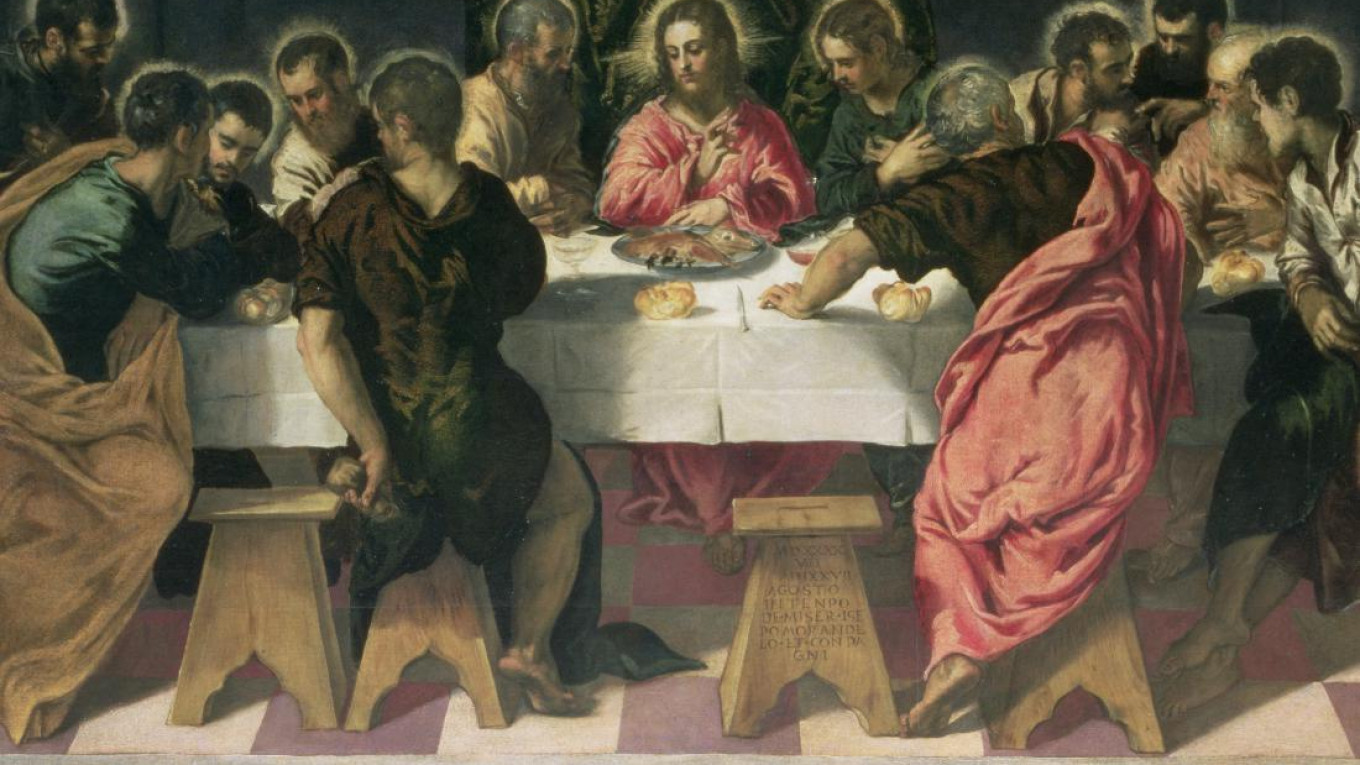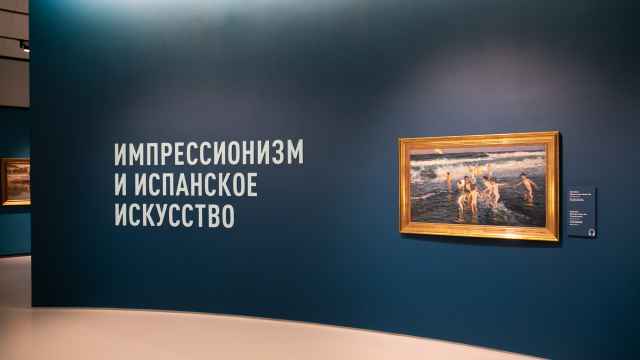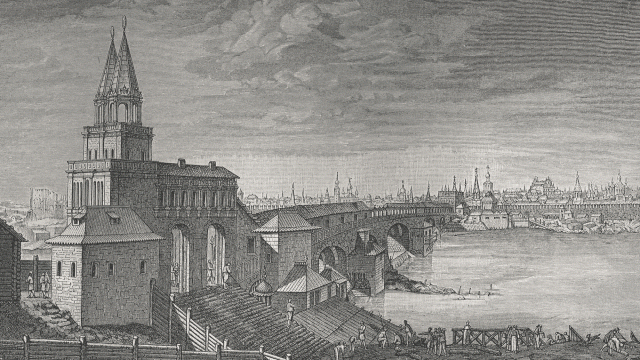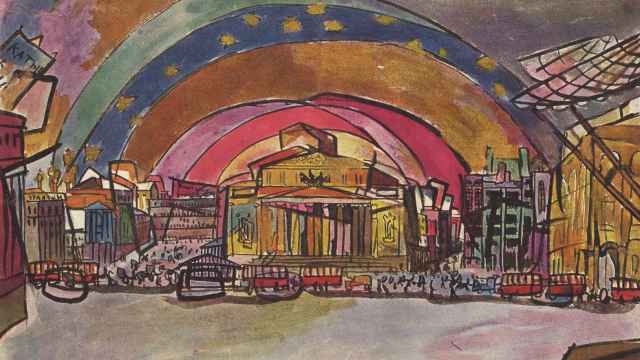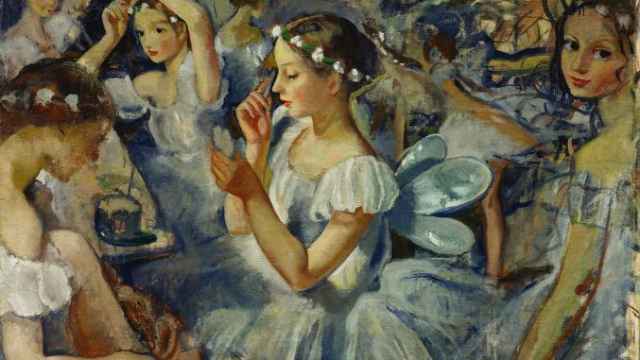It is Venice in the 16th century, at the height of the Renaissance. As the art of the period witnesses the flowering of a golden age, three of the Adriatic republic’s greatest painters are forging successful careers, producing canvases that will still be admired with wonder almost 500 years later.
These masters were the world-famous Venetian painters Titian Vecellio, Jacopo Tintoretto and Paolo Veronese, artists whose names have long since become immortalized. In the past these artists have often been viewed as rivals, competing for a narrow coterie of wealthy Venetian clients.
Now their work has been brought together in Moscow at the Pushkin State Museum of Fine Arts for a large-scale summer exhibition that questions these assumptions and attempts to present their artistic careers in a different light.
The project, titled “Renaissance Venice: Titian, Tintoretto, Veronese. From the Italian and Russian collections,” is an opportunity to see 23 masterpieces by the three artists in one place. The paintings belong to the collections of both Italian and Russian museums, including the Pushkin Museum and the State Hermitage Museum in St. Petersburg.
“It was not possible to show an exact
number of paintings by each artist,” the
exhibition’s Italian curator Thomas Dalla
Costa told The Moscow Times. He explained
that some of the works are being exhibited in
Moscow for the first time, while others have
never left Italian soil due to concerns over
their preservation.
For Dalla Costa, the idea came in 2009 when a similar exhibition named “Titian, Tintoretto, Veronese, rivals in Renaissance Venice,” was running in Paris and Boston.
That exhibition, which presented the
three artists as rivals, gave Dalla Costa the
idea for the current show. “The rivalry is not demonstrable anymore, and we can now
even state the opposite,” he continues.
Since Venice was a small city and probably
both Tintoretto and Veronese took inspiration
from Titian, the founder of the Venetian
school, it can sound reductive today to talk
about a rivalry between the artists.
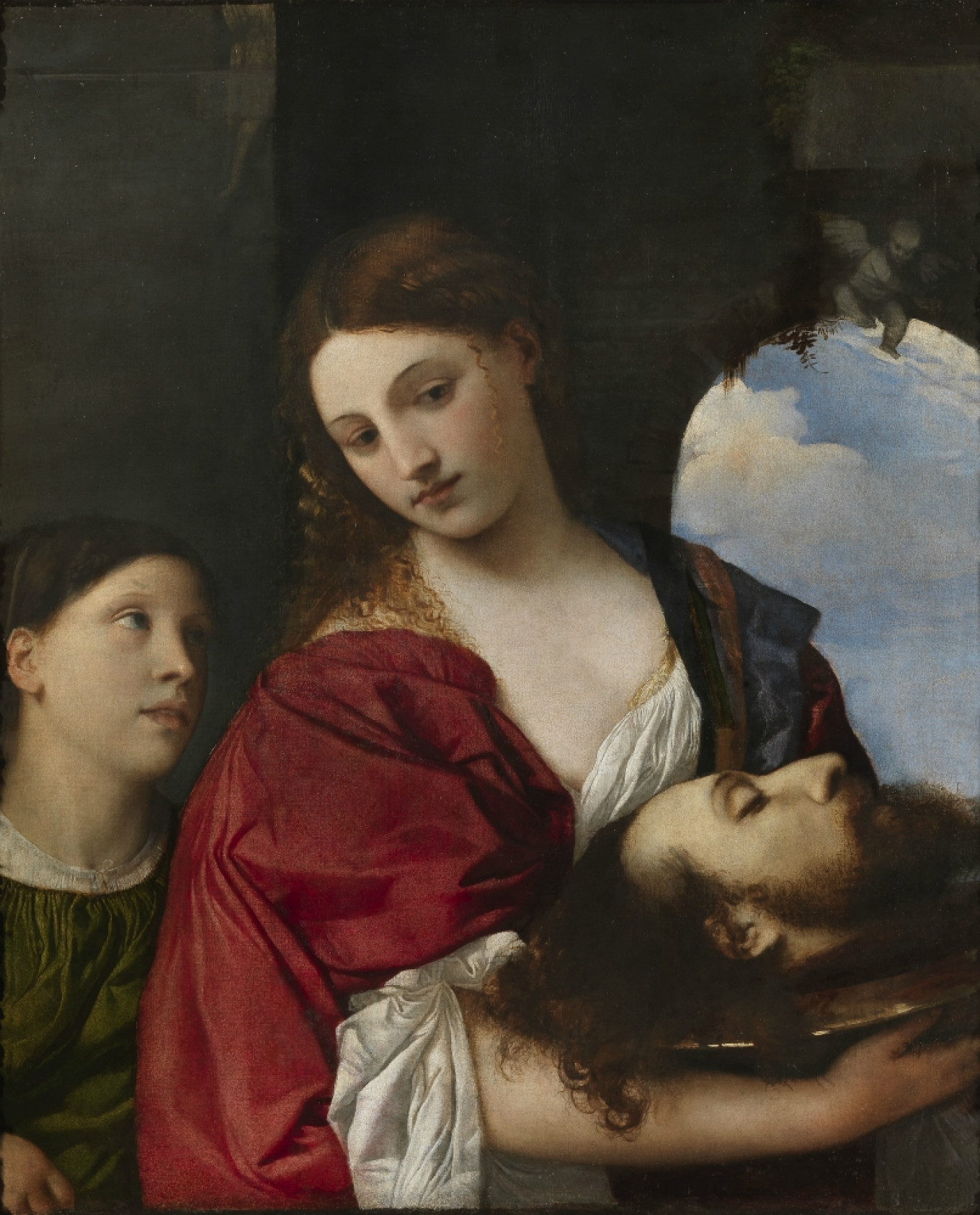
Art professor Bernard Aikema, the academic supervisor of the exhibition, says that the main idea of the exhibition is to select works exploring the three main characteristics of the artists and Venetian painting.
“This is the color, the drama and the innovation of the style,” he explains.
Unlike other exhibitions, “Renaissance Venice” at the Pushkin Museum is not organized thematically: The artworks are instead arranged in such a way as to highlight the differences in style between the artists—proof enough that they were never true rivals. The relationship among these Venetian Renaissance masters is reflected in their different artistic language and style; nevertheless Titian, Tintoretto and Veronese were constantly observing and studying each other’s work, allowing them to complement rather than oppose one another.
After the end of the Venetian Renaissance,
the three masters played an important
role in the formation of the European
artistic culture, inspiring the masters of the
17th century, such as Rubens, Rembrandt,
Velazquez.
The main exhibition hall is dominated by Titian’s “Salome,” painted in the mid-1520s when the Renaissance reached maturity. “Salome,” which belongs to the collection of the Doria Pamphilj Gallery in Rome, is rarely seen outside Italy. Its poetry and brightness of color impress, even given the small scale of the painting, placed between two works that were commissioned to the Italian painters by private buyers, Veronese’s “Mars and Venus” and Tintoretto’s “Christ and the Adulteress.”
Working alongside the Russian curator Viktoria Markhova, the custodian of the Pushkin Museum’s Italian collection, Dalla Costa and Aikema also tried to show portraits by the three painters. These are on display in the museum’s main corridor.
In the open room behind the colonnade, the characteristics of Titian, Tintoretto and Veronese are clearly visible in their religious works. These are compositions made for private customers and large altarpieces, a type of painting revolutionized by Venetian artists in the 16th century. At this time, Venetian painting was also known for the originality of its interpretation of erotic scenes, and artists from the republic often tackled sensual subjects in their explorations of mythological themes. Several of these paintings have been selected by the curators for the exhibition.
The exhibition is being held with the assistance of the Italian Embassy in Moscow and Ambassador Cesare Maria Ragaglini, who stressed the importance of relations between the two countries.
“Since I arrived in Moscow, several exhibitions
have been presented at the Pushkin
Museum; for this one the embassy definitely
went to an unusual effort, but I am sure the
visitors will appreciate it,” he said.


